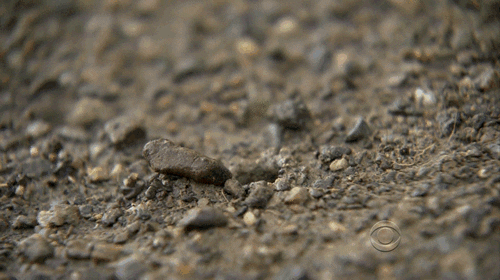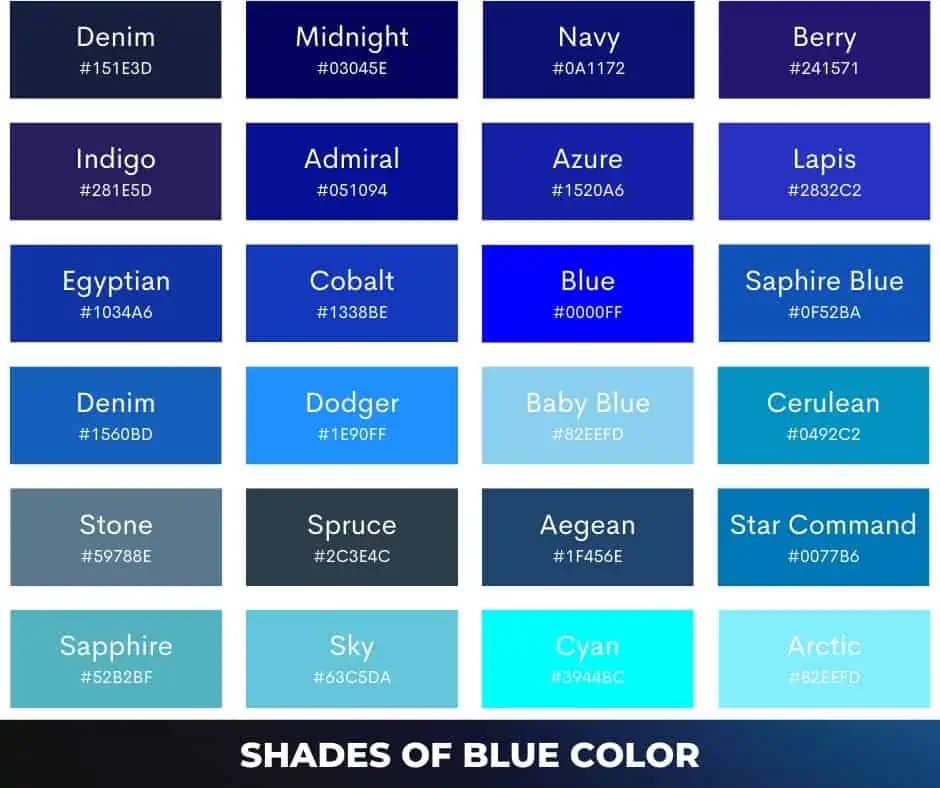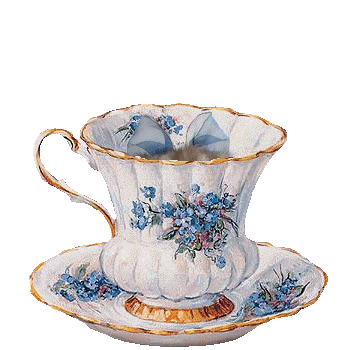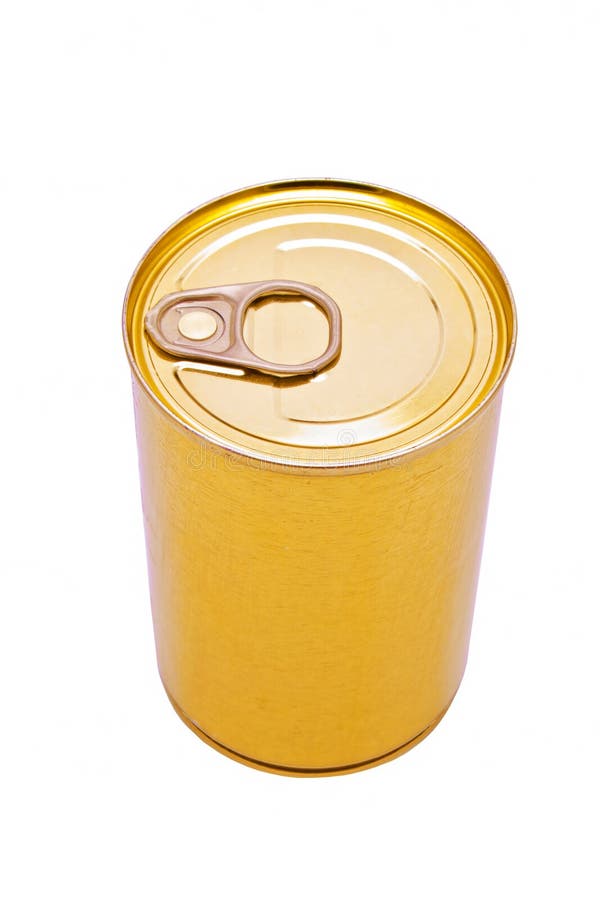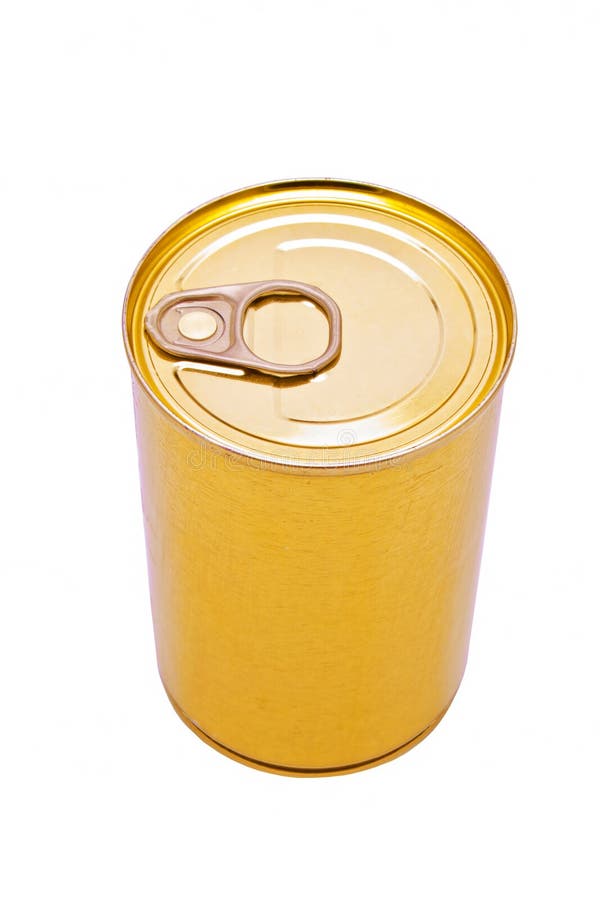Can You Keep Seahorses as Pets? Essential Guidance for Aspiring Owners
Introduction: The Allure and Challenge of Seahorse Ownership
Seahorses captivate aquarists with their unusual appearance, gentle movement, and fascinating reproductive behaviors. Many marine enthusiasts wonder if these delicate creatures can be kept as pets. The answer is yes-under the right conditions and with substantial commitment. However, seahorses require specialized care, strict water quality management, and tailored feeding routines. This comprehensive guide explores what it takes to keep seahorses successfully in a home aquarium, the challenges you may encounter, and step-by-step instructions for providing the best possible environment.
Understanding Seahorse Requirements: What Makes Them Unique?
Unlike many common aquarium fish, seahorses have distinct biological and environmental needs. Their upright swimming posture, prehensile tails, and slow, deliberate movements set them apart. In captivity, they depend on carefully controlled conditions to survive and thrive.
Seahorses are not robust swimmers and rely on objects to anchor themselves. They are sensitive to environmental changes, including fluctuations in temperature, water chemistry, and oxygen levels. Their slow feeding habits and specialized diets mean they may struggle to compete for food if housed with more assertive tankmates. For these reasons, success with seahorses requires an aquarium tailored specifically to their needs [5] , [1] .

Source: luzenelhorizonteymas.blogspot.com
Seahorse Aquarium Setup: Size, Equipment, and Environment
Tank Size and Shape: For a pair of seahorses, a minimum 30-gallon aquarium is recommended. Add at least 10 gallons for each additional seahorse. Vertical space is important; ideally, the tank should be at least 18 inches tall to accommodate their swimming style [5] .
Filtration and Water Flow: Standard saltwater filtration systems are generally suitable, but flow should be kept low to moderate. Too much current can stress seahorses or prevent them from feeding effectively. Ensure plenty of “hitching posts”-such as plastic chains, artificial seagrass, or live macroalgae-so seahorses can anchor themselves and rest comfortably.
Water Quality: Seahorses require mature, stable water with undetectable ammonia and nitrite, low nitrate, and low phosphate. Regular testing is essential, as even minor changes can cause significant stress or illness. Water changes of 10-25% every two to four weeks are recommended, along with daily removal of uneaten food and waste [1] , [4] .
Lighting: Seahorses do not require special lighting, but a regular day/night cycle should be maintained to mimic natural conditions.
Tankmates: Most successful seahorse tanks are species-specific, meaning seahorses are kept alone or only with very peaceful, non-competitive marine animals. Avoid fish that are aggressive, fast feeders, or have stinging tentacles [5] .
Daily Care and Feeding: Meeting Seahorse Nutritional Needs
Diet: Wild seahorses feed almost constantly on small crustaceans. In captivity, they are best fed thawed frozen mysis shrimp several times a day. Not all mysis are created equal; choose high-quality varieties known for their protein content. Live foods, such as newly-hatched brine shrimp, may be needed for young seahorses, but these lose nutritional value quickly and are difficult to maintain as a staple diet [4] .
Feeding Frequency and Technique: Seahorses may need to be target-fed with pipettes or basters to ensure they receive enough food. Turn off pumps and powerheads during feeding to prevent food from being swept away.
Maintenance: Remove uneaten food daily using a fine mesh net to maintain water quality. Regularly inspect seahorses for subtle changes in appearance or behavior, as signs of illness can be easy to miss [3] .
Veterinary and Preventative Care: Health Considerations
Seahorses are more susceptible to certain illnesses, especially when water quality declines. Preventative care is crucial. Have your tank and animals assessed by an aquatic veterinarian shortly after setup and after any major changes. Many aquatic veterinarians offer house calls, as transport is stressful for fish [1] .
Monitor for signs of disease, such as increased respiration, changes in coloration, or loss of appetite. Address issues early to improve outcomes. Maintaining pristine water quality and limiting stressors are the most effective ways to prevent illness [2] .
Breeding Seahorses in Captivity: Opportunities and Challenges
Seahorses are renowned for their unique reproductive behavior, with males carrying and giving birth to the young. Breeding can occur in well-maintained home aquariums. However, raising seahorse fry is extremely challenging. The newborns are tiny, delicate, and require live foods such as copepods and enriched brine shrimp, which can be difficult and time-consuming to supply [4] , [2] .
Most hobbyists find it impractical to raise seahorse fry to adulthood, as it demands specialized equipment and a constant supply of live food. Public aquariums and experienced breeders are often better equipped for this task. For most home aquarists, focusing on adult seahorse care is more achievable.
Step-by-Step Guide to Setting Up a Seahorse Aquarium
1. Research and Planning: Before acquiring seahorses, read extensively from reputable sources and consider joining marine aquarium forums for advice. Seek guidance from aquatic veterinarians or experienced seahorse keepers if possible.
2. Equipment Purchase: Obtain a suitable aquarium (minimum 30 gallons for a pair), high-quality marine filtration, a heater, thermometer, test kits for ammonia, nitrite, nitrate, and pH, and supplies for water changes. Purchase hitching posts such as artificial seagrass or plastic chains.
3. Tank Cycling: Set up the aquarium with saltwater and allow it to cycle fully (at least 4-6 weeks) before introducing seahorses. Test parameters frequently to ensure stability.
4. Acquiring Seahorses: Choose captive-bred seahorses, as they are more adaptable and less likely to carry diseases. Avoid wild-caught specimens, which are more sensitive and may struggle to adapt to captivity.
5. Acclimatization: Gradually acclimate seahorses to their new environment using the drip method. Monitor closely for signs of stress.
6. Daily Care: Feed 2-3 times per day, monitor water quality, remove uneaten food, and observe seahorses for health issues.
7. Ongoing Maintenance: Change 10-25% of the water every 2-4 weeks, clean filtration equipment regularly, and keep a log of water parameters and feeding routines.
Potential Challenges and Solutions
Water Quality Fluctuations: Seahorses are highly sensitive to changes; invest in reliable test kits and maintain a strict maintenance schedule. Consider automatic top-off systems to keep salinity stable.
Feeding Difficulties: Some seahorses may not accept frozen food at first. Try offering live foods initially, then gradually transition to frozen options. Consult with vendors or aquatic veterinarians for guidance if eating problems persist.
Disease Outbreaks: Quarantine new arrivals before introduction to the main tank. Act quickly at the first sign of illness and consult aquatic veterinary professionals.
Alternative Approaches for Enthusiasts
If a full seahorse aquarium is not practical for your home, consider visiting public aquariums to observe and learn about these fascinating animals. Many institutions offer behind-the-scenes tours or educational resources. If you wish to support seahorse conservation, look for organizations involved in marine preservation and captive breeding initiatives.
How to Access Expert Support and Resources
Prospective seahorse keepers should connect with marine aquarium societies, online forums, and experienced aquarists. Look for local aquatic veterinarians specializing in exotic or marine fish. To find reputable sources for captive-bred seahorses, use search terms such as “captive-bred seahorses for sale” and look for vendors with strong reputations and ethical practices.
For detailed instructions on aquarium setup and care, consult established websites like PetMD, Bulk Reef Supply, or educational sections of major marine aquarium retailers. If you need veterinary assistance, search for “aquatic veterinarian near me” or contact your local exotic animal veterinary clinic for referrals.
Summary and Key Takeaways
Keeping seahorses as pets is possible but requires a serious, informed commitment. With the right setup, careful daily care, and ongoing attention to water quality and nutrition, dedicated hobbyists can enjoy these remarkable marine animals in the home aquarium. For most, focusing on adult care rather than breeding is the most practical and rewarding approach. Always seek out current guidance from reputable sources, and be prepared to adapt your care routines as you gain experience.
References
- [1] PetMD (2023). Seahorse and Pipefish Care Sheet.
- [2] YouTube (2024). Seahorse Care: Everything You NEED To Know.
- [3] Seahorse.com (2006). Guidance on keeping seahorses.
- [4] Swell UK (2022). How to keep seahorses.
- [5] Bulk Reef Supply (2025). Seahorse Aquarium Guide: Care, Setup & Secrets for Success.
MORE FROM getscholarships.de

